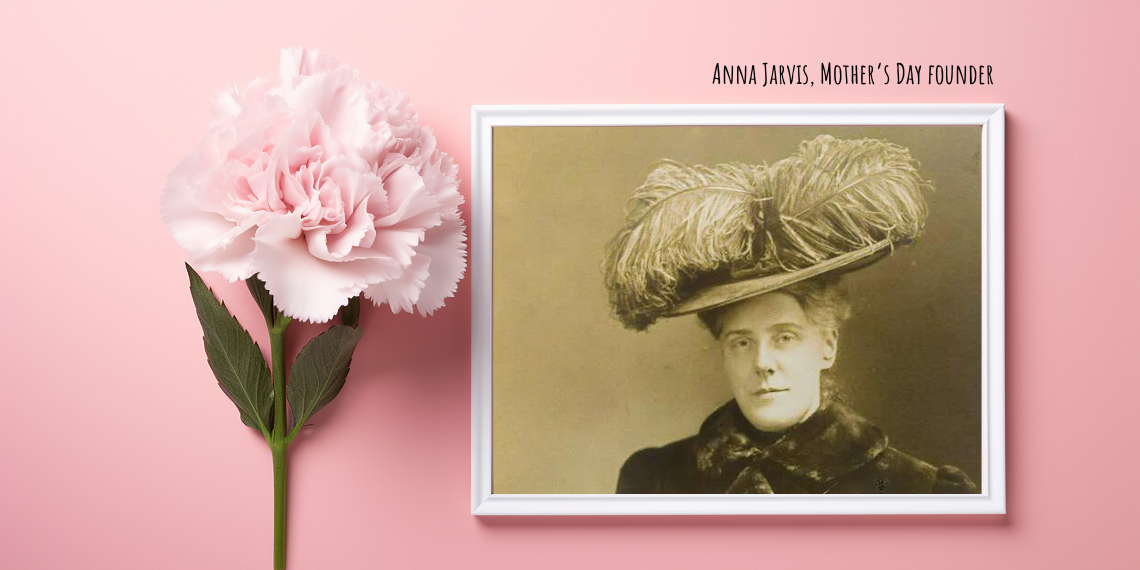You are here
The Surprising Origins of Mother's Day

Mother's Day began with a prayer. Ann Jarvis was a social activist, living and working among the impoverished Appalachian region in the United States. In 1858, Ann began organising the Mothers’ Day Work Clubs to provide education about hygiene. During the American Civil War, members of the Mothers’ Day Work Clubs remained neutral and to cared for both Union and Confederate soldiers. Three years after the end of the Civil War, Ann organised a Mothers’ Friendship Day to promote reconciliation between both sides of the war.
While Ann was taking Sunday School in 1876, she prayed a prayer, asking God that 'someone, sometime, will found a memorial mothers day commemorating her for the matchless service she renders to humanity'. Listening to that prayer was her 12-year-old daughter Anna Jarvis. In 1905, after her mother died, Anna vowed to fulfil this dream and began campaigning for a Mother's Day.
'Anna was dismayed by the growing commericalisation of Mother's Day ...'
The first Mother's Day was held as a memorial service on the anniversary of her mother's death, on the second Sunday of May. Soon, the concept of Mother's Day spread nationwide, and then throughout the world. People who had lost their mothers wore a white carnation, while those who still had their mothers wore a red or pink carnation.
However, Anna was dismayed by the growing commericalisation of Mother's Day. By the 1920s, Anna was calling for the cancellation of Mother's Day, as it was no longer focused on honouring the contribution of mothers to society.